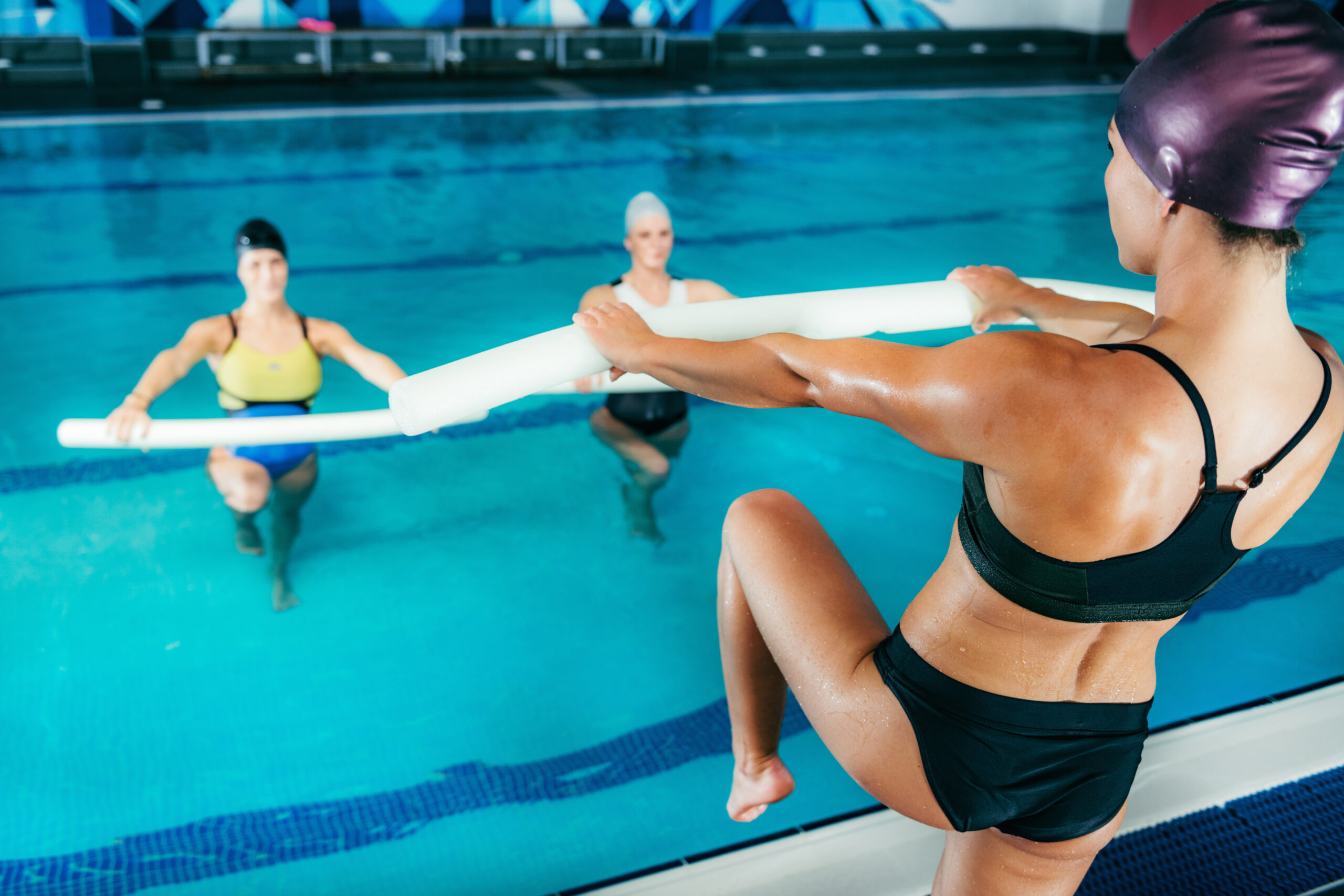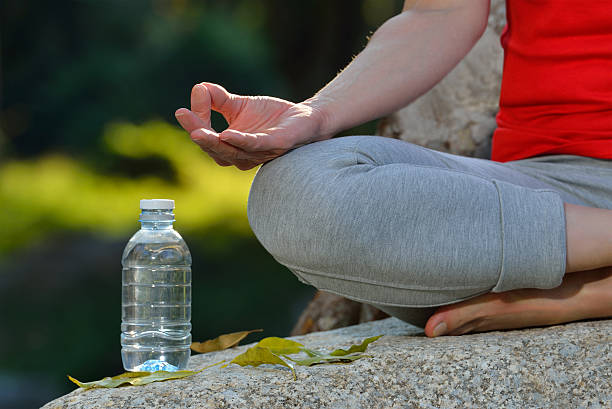Knee pain can be a persistent and debilitating condition that affects individuals of all ages, limiting mobility and diminishing their overall quality of life. Whether it’s caused by injury, arthritis, or other underlying conditions, the discomfort and limitations imposed by knee pain can be overwhelming. However, there is a refreshing solution that offers relief and the opportunity to regain strength and flexibility – water exercises.

Water exercises, also known as aquatic therapy or hydrotherapy, have gained recognition as an effective and accessible means to alleviate knee pain while improving the overall well-being of individuals. Submerging your body in the soothing embrace of water provides an environment where buoyancy and resistance work harmoniously to promote muscle strengthening, joint flexibility, and pain relief. In this article, we will explore the diverse and immersive world of water exercises, revealing how this gentle yet powerful modality can transform your journey to knee pain relief. Whether you are a seasoned athlete, a senior seeking relief from the trials of aging, or someone simply looking to enhance your knee health, the following sections will immerse you in the possibilities of water exercises, shedding light on their numerous benefits and providing a comprehensive guide to get you started on your path to recovery.
Check out our Knee Pads for Comfort and Relief
In the pages that follow, we will delve into the science behind water exercises and how they offer unique advantages for knee pain sufferers. We will explore various exercises and techniques tailored to different fitness levels, ensuring that anyone can find an approach that suits their needs. You’ll discover that water exercises are not only therapeutic but enjoyable, as they allow you to relish the sensation of weightlessness and the freedom of movement that is often elusive on dry land. Furthermore, we will touch upon the precautions and considerations necessary to ensure a safe and effective experience in the water.
Whether you’re looking for an alternative to traditional physical therapy, a complement to your existing exercise routine, or simply an enjoyable way to alleviate knee pain, water exercises offer a watery haven of possibilities. Dive into this article, and let the healing waters guide you on a journey to renewed strength, reduced pain, and enhanced well-being.
The Healing Power of Water Exercises
Water exercises, often conducted in a pool or aquatic facility, harness the unique properties of water to provide a gentle and effective approach to knee pain management. Here’s a closer look at why they are so beneficial:
1. Buoyancy: Water supports a significant portion of your body weight, reducing the impact on your joints. This buoyancy allows you to perform exercises with less strain on your knees while maintaining proper form. For individuals with knee pain, it’s a game-changer, as it makes it easier to engage in physical activity without exacerbating discomfort.
2. Resistance: The natural resistance of water offers a low-impact way to build strength. Every movement in water involves pushing against the resistance of the water, working your muscles more effectively than exercises on dry land. This gentle resistance is ideal for knee pain sufferers, as it aids in muscle development without overburdening the joint.
3. Joint Decompression: Immersing yourself in water reduces the compressive forces acting on your knee joints. This can lead to decreased inflammation and pain, allowing for more extensive movement without discomfort.
4. Temperature Benefits: Depending on the water’s temperature, it can have therapeutic properties. Warm water can help relax muscles and soothe joint pain, while cooler water can reduce swelling and inflammation. Aquatic facilities typically maintain a range of temperatures to cater to different needs.
5. Improved Range of Motion: Water’s buoyancy and reduced weight-bearing can help you regain and improve your range of motion in the knees. You can perform movements that may be challenging or painful on land more comfortably in the water, which can be immensely beneficial for individuals recovering from knee injuries or surgeries.
A Dive into the Exercises
Now that we’ve uncovered the advantages of water exercises, let’s dive into some specific exercises and techniques tailored to address knee pain:
1. Water Walking: Begin with gentle water walking, as it’s a low-impact way to build strength in your legs. Walk back and forth in chest-deep water, maintaining good posture. You can adjust the intensity by walking faster or slower to suit your comfort level.
2. Leg Lifts: Stand near the pool wall for support, and lift your legs one at a time to the side, front, and back. This exercise targets the quadriceps, hamstrings, and glutes while improving balance.
3. Water Aerobics: Participating in water aerobics classes can be an enjoyable and effective way to exercise your entire body, including your knees. These classes often include a variety of movements and provide social interaction, making them a fun and engaging option.
4. Knee Flexion and Extension: Stand in the water, holding onto the pool’s edge, and perform knee flexion and extension exercises. These help strengthen the muscles surrounding the knee joint and enhance mobility.
5. Pool Noodles and Water Resistance Equipment: Utilize pool noodles or water resistance equipment to add variety and challenge to your workouts. You can incorporate them into exercises to increase resistance and work specific muscle groups.
Safety Precautions
While water exercises offer numerous benefits, it’s essential to consider safety and take certain precautions:
- Consult with a healthcare professional before starting any new exercise program, especially if you have underlying medical conditions or are recovering from knee surgery.
- Always choose a pool or aquatic facility with certified instructors and a lifeguard on duty.
- Ensure that you’re aware of your surroundings and can reach the pool’s edge or safety equipment in case of any discomfort or emergencies.
- Pay attention to your body, and don’t push yourself too hard. Gradually increase the intensity of your workouts as your strength and comfort levels improve.
In conclusion, water exercises provide a refreshing and therapeutic approach to managing knee pain. The unique properties of water make it a versatile and safe environment for individuals seeking relief and rehabilitation. Whether you’re dealing with chronic knee pain or simply looking to maintain your knee health, water exercises can be a rejuvenating and enjoyable path to improved well-being. Dive in, and let the soothing embrace of water help you embark on your journey to stronger, pain-free knees.





